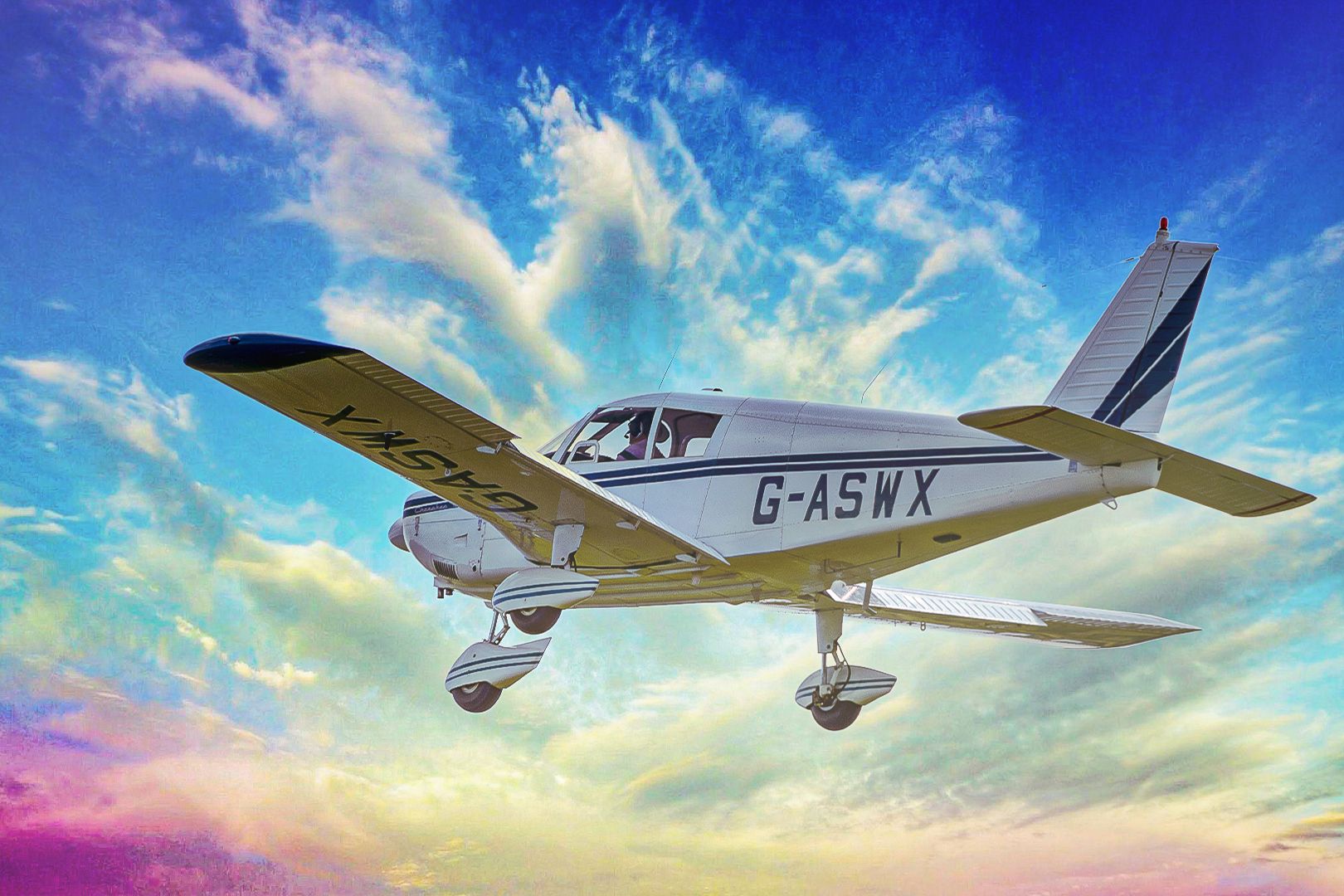Summary PA-28 Cherokee remains in production after 65 years with almost 33,000 deliveries. The Cherokee family evolved with engine variations, turbocharging, and more. The low-cost design and low wing of the PA-28 Cherokee enhanced ground handling.
The Piper Aircraft designed and developed the Piper PA-28 Cherokee light private/utility aircraft in the late 1950s. Designed for personal transport, flight training, and air taxi use, the PA-28 Cherokee took to the skies for the first time in January 1960. The first PA-28 received its Federal Aviation Administration (FAA) type certification in 1960 and entered service the same year.

Sixty-five years and nearly 33,000 deliveries later, the type remains in production today. The PA-28 family of aircraft are all-metal structures powered by single-piston engines and low-mounted wings. The unpressurized cabin limits the speed and altitude that the aircraft can achieve.
However, the utility of the aircraft lies in its design, accessibility, and maintainability. The Piper Cherokee family has evolved tremendously over the years as the company created many variations, including varying engines, turbocharging, retractable landing gear, constant-speed propeller, and stretched fuselage. Nonetheless, the all-metal airframe of the 1950s paved the way for the entire line of Piper models to follow.
The company designed and developed several aircraft from the late 1940s to the 1950s. The Piper PA-28 Cherokee Capacity : Four people (including one pilot) Length : 23 ft 3.6 in (7.
102 m) Wingspan : 30 ft 0 in (9.14 m) Height : 7 ft 3.6 in (2.
225 m) Wing area: 160 sq ft (15 m2) Empty weight : 1,201 lb (545 kg) Gross weight : 2,150 lb (975 kg) Max takeoff weight : 2,150 lb (975 kg) Powerplant : 1 x Lycoming 0-320-E2A 4-cylinder air-cooled horizontally-opposed piston engine Engine power : 150 hp. (110 kW) Propellers : Sensenich M74DM In the 1950s, Piper Aircraft set out to build a four-seat aircraft that was simple in design and could be manufactured at a low cost. Rectangular wings, a metal structure, and a tricycle landing gear were as simple as the company could begin with.
As part of the aircraft's mission requirements—personal use and training—the manufacturer decided to have a low wing design to enhance ground handling characteristics. The Piper design team, headed by Fred Weick, focused on a low cost design that is feasible and achievable. According to Fred Weick, as recorded by the Aircraft Owners and Pilots Association (AOPA) , "The airplane started out to be a simple little replacement for the Tri-Pacer, and the eye was on low cost.
I thought you could make an all-metal airplane for as low a cost as a fabric one. Pug [Howard] Piper and I sat down and worked out what we wanted. We had specifications on the shape and the size and the power and the performance" Perfecting the design and production The designers of the PA-28 Cherokee desired to achieve greater stability and handling characteristics, particularly in a crosswind.
Keeping in mind the utility of the aircraft, the low-wing design allowed the gear to be placed further apart (compared to the high-wing design) and have a low center of gravity. As such, the flight handling characteristics were significantly improved. Piper wanted the PA-28 Cherokee to refrain from competing with the higher-priced Comanche (with retractable gear).
However, the aircraft competed with the low-wing Beechcraft Musketeer and the high-wing Cessna 172. Cost for the standard model: $9,995 Production rate: Up to 150 aircraft a month Delivered 250th aircraft: December 1961 Delivered 500th aircraft: February 1962 Delivered 1,000th aircraft: April 1963 The company was initially founded nearly 100 years ago. In early 1961, the Piper PA-28 Cherokee had a slow start to production.
However, by the end of summer, the company was producing up to five aircraft a day. At the end of the year, Piper had delivered over 250 aircraft. It achieved a remarkable milestone in February 1962 when the 500 aircraft was delivered.
The 1,000th aircraft was delivered in the spring of 1963. Maximum speed: 123 kn (142 mph, 228 km/h) Cruise speed: 108 kn (124 mph. 200 km/h) Stall speed: 47 kn.
(54 mph, 87 km/h) Range: 465 NM (535 mi, 861 km) Service ceiling: 14,300 ft (4,400 m) Rate of climb: 660 f/min (3.4 m/S) While the designers and engineers of the PA-28 did not expect the popularity of the aircraft, it paved the way for many new models to follow. Nearly 65 years after its first flight, the Piper Cherokee remains in production.
Other Piper Cherokee family models PA-28-150 Cherokee : Four-seat fixed landing gear land airplane with 150 horsepower Lycoming engine PA-28-160 Cherokee : Four-seat fixed landing gear land airplane with 160 horsepower Lycoming engine PA-28-180 Cherokee : Four-seat fixed landing gear land airplane with 180 horsepower Lycoming engine PA-28-235 Cherokee : Four-seat fixed landing gear land airplane with 235 horsepower Lycoming engine EMB-710C Carioca : Built in Brazil with kits supplied by Piper EMB-712 Tupi: Built in Brazil with kits supplied by Piper Piper Warrior family: 150-235 horsepower engine aircraft Piper Archer family : 180 horsepower engine aircraft Piper Arrow family : Four-seat retractable landing gear airplane: 180-300 horsepower engines A perfect little aircraft for training or leisure..



















